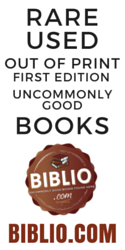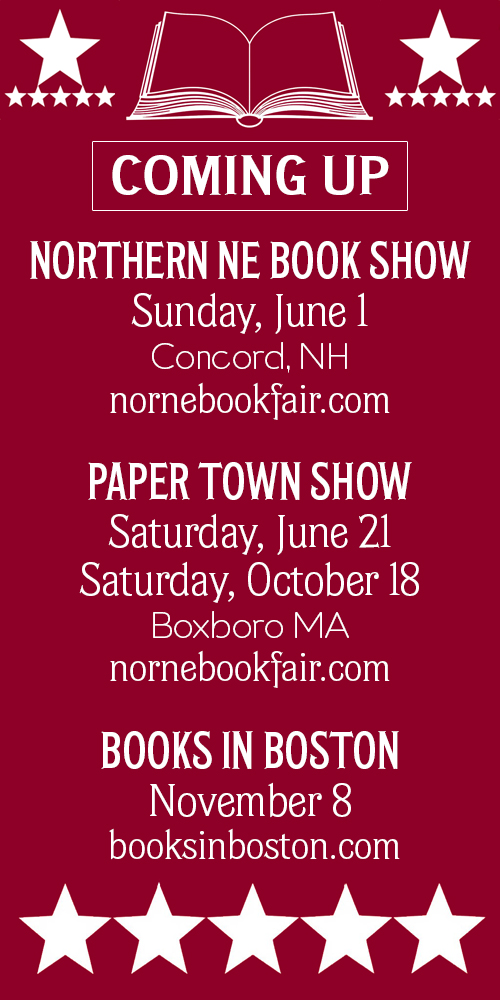Following the Paper Trail
Do you know where you were on October 3rd, 1994? What about August 16th, 1969? I don’t remember anything about October 3rd but on August 16th we definitely weren’t sitting in the mud in the middle of an alfalfa field near the Catskill mountain town of White Lake—but somewhere between Moose Jaw, Saskatchewan and Medicine Hat, Alberta, traveling across Canada on our way to Vancouver Island in an ancient 1956 Chevrolet paint-faked “woodie”, camping at night under a canvas tarpaulin since we couldn’t afford a real tent at the time.
Somewhere I have a journal of that trip—made up mainly of brief notes on how much was spent on gas (less than 40 cents a gallon in those days), campsites ($2-3 a night depending on whether it was a private or provincial camp ground), groceries, the day’s weather, and other odd bits. Dated entries mentioned an improvised birthday celebration for one of the kids at a campsite in Kicking Horse Pass (our youngest hadn’t been born yet) or comments on whatever had happened during the day.
Occasional trip logs such as this are as close as I’ve ever gotten to keeping a regular diary or full-blown journal. I think end-of-the-day activities such as reading or letter and diary-writing haven’t so much gone out of style as been replaced by other distractions or preoccupations—of which prime time television is but one.
The Victorians were probably the all-time champions at this business of recording life, followed closely by (or maybe surpassed, I really don’t know) their 18th century predecessors, judging by my reading of “The British Diarist” (which, sadly, is about to publish its last issue).
In re-examining the paper trail of my own life I discovered there was only one thing approaching a systematic and chronological record of our day-to-day doings over the years, pitifully lacking in detail though it may be. In spite of encouragement from my accountant, relatives and well-meaning friends to get rid of my collection of cancelled checks going back more than seven years, packrat that I am, I’ve got them all going back to the ’60s.
In poking through some of those old checks, and more importantly the checkbook registers, I uncovered bits and pieces of information, which when examined collectively, help to build a simple narrative of the past. On August 14th, 1969, for example, I wrote a $265.00 check to the State Bank of Chittenango for travelers’ checks and what I thought was enough Canadian money for our road trip to British Columbia. Which means that on August 16th we were still in western Ontario and not somewhere near Moose Jaw, as I had previously thought. And incidentally, how we made it there and back on only $265.00 still amazes me.
Most of the entries are rather dull and uninteresting—mortgage and insurance payments, utilities, groceries and the like—eminently forgettable stuff. Occasionally, though, I stumble across more interesting things, such as the $25.00 we paid for “Dusty”, our long-since departed, female Springer Spaniel or the $1200 we paid to a Spanish travel agent in the spring of 1974 for passage on the Stefan Batory for the nine day voyage from London to Montreal (we had been living in Spain and it was the cheapest way for a family of six to get back to North America). That entry also reminded me of the photograph we still have of the ship’s bow going beneath the waves, submarine-like, during a heavy North Atlantic storm. Aromas, colors, shapes and sounds aren’t the only things that awaken remembrances of things past—sometimes it can be a simple record of payment in the form of a cancelled check. There are times when a few words are worth more than a thousand pictures.
A little over a year ago I sold an illustrated reprint edition of Mark Twain’s The Prince and the Pauper at auction. The book itself was neither scarce nor particularly distinguished, except for the cancelled check that had been lightly tipped-in on the front paste-down endpaper. It was Mark Twain’s January 1, 1901 rent payment for his place near Union Square in New York City. The amount was a little over $377.00, fairly steep for the time, and it gives you an idea of what he could afford—useful information for Mark Twain scholars perhaps.
On balance, though, I think I’ll finally get rid of those boxes of neatly banded checks, hang on to the registers, and gain some valuable attic space—yes, our house actually has one of those. And with the increasing popularity of on-line banking, do you suppose that in a few years children will be asking their parents “Mommy, what’s a check”?
*
According to the news, high school students this year were somewhat intimidated by the newly expanded emphasis on the essay writing portion of the new SAT exam. I can understand why using a pen or pencil to write at length on any topic could be somewhat daunting to the new generation of cell phone addicts accustomed to “text-messaging” their friends with epistolary gems such as “B Cing U ASAP” and the like. I suspect the folks who designed the new SATs have been witnessing a sea change in written communication and want to do what they can to save the ship.
The writing tools at hand, and the ones we choose to use, determine not only how we communicate but may influence thought itself. I wonder if John and Abigail Adams would have written all those wonderful letters to each other if they could have signed up for the “Friends and Family Plan” instead? Or maybe they would have e-mailed back and forth—but then they wouldn’t have lived on in their letters and there would be no such thing as the “Adams Family Correspondence.”
The mechanics of putting our thoughts on paper has changed tremendously over the years. Writing with a goose quill pen must have been devilishly hard work, yet many of our 18th century forbears wrote both legibly and well. (I once made a pen out of a large crow feather just to get a feel for what it was like) Years later fountain pens made the job easier and sometimes we have to be reminded that fine penmanship was once considered a near art form.
When the manual typewriter came along a lot of people opined that good handwriting would surely suffer—and judging by mine they were right. Electrical typewriters were around for only a few decades and then computers made us both lazy and careless—they also tend to foster a more uninhibited writing style, since the process (as in word processing) allows for a quick fix for almost anything. No more ripping messed up copy from our typewriters in fits of exasperation—the new way of writing encourages a sort of stream-of-consciousness creativity, with plenty of opportunity to make easy corrections and revisions later on. As an example this piece will be gone over several times before publication, and yet again before appearing on our website. If you don’t believe it, find a copy of the May/June issue of this magazine (where this sentence doesn’t appear) and judge for yourself. In the old days necessity (the high cost of paper) may have been the mother of careful writing—or getting it right the first time.
However we choose to write—fountain pen, ballpoint, pencil, typewriter or computer—the important thing is that it should end up on paper. Compared to that bundle of letters discovered in an attic or preserved in a manuscript box in the American Antiquarian Society, electronic text stored on a junked computer or waiting to be dumped from abandoned server space is as ephemeral as a child’s sand castle just before the tide rolls in.
Nuts & Bolts (DPC – RIP)
The Directory of Private Collectors, as it has appeared for many years, will no longer be published and the 2005 DPC ended in the last issue midway through the letter “M”. The reason for this is quite simple. In mid February we received an irate e-mail from a subscriber who wrote—and we choose to paraphrase lest we be further blamed for quoting the precise words of the unidentified source—that he was greatly distressed at having his privacy violated by seeing his name and address published in last month’s installment of the DPC and that if his name ever appeared again he would bring legal action.
In our reply we said “In the subscriber information form there is a line for people who wish to be listed in our Directory of Private Collectors. You must have filled it out otherwise we would have no way of knowing that you collect …[subject matter deleted, obviously]. We do this at no cost for collectors who would like bookdealers to send them catalogues in their field(s) of interest.”
In the follow-up the person wrote—and again I paraphrase—that he recalled filling out the DPC listing form but didn’t realize it would be published in the magazine.
Writing back we explained further that the text immediately preceding the “actively seeking” part clearly stated, “Following applies to collectors (non-booksellers) wishing to appear in our Directory of Private Collectors.” The whole point of the service, which we thought fairly obvious, was to help serious collectors link up with specialist booksellers—and the Post Office really does insist on a complete address before it will deliver a letter or a bookseller’s catalogue.
Even though the Directory of Private Collectors was intended to be free advertising for people wanting to make their collecting interests known, apparently there was the potential for misunderstanding. So to avoid another situation in the future, we’re discontinuing it immediately which means the 2005 DPC ended midway through the alphabet. If we decide to resurrect it at some point, it will probably be considerably smaller and be called something like the “Collectors’ Circle.” The service will no longer be free, however, and requests for a listing will have to be in the form of a clearly articulated insertion order and a modest advertising fee will be charged. Much like any other paid advertisement, listings will be included only when accompanied by a hand-written or typed letter (signed) that would also specifically authorize us to publish the person’s name and address.
I guess the impulse to offer something for nothing and naïveté sometimes go hand in hand – we learned from the experience.


























